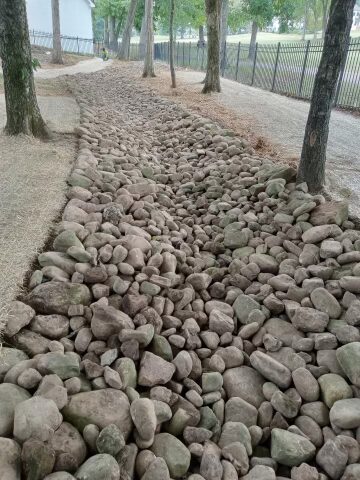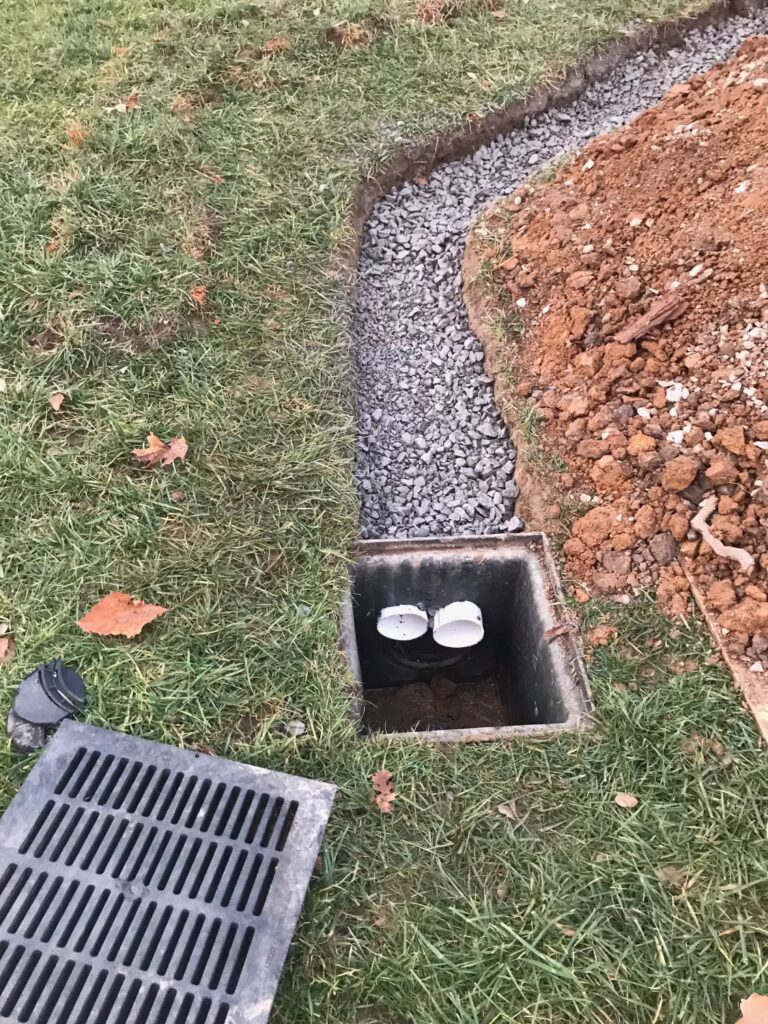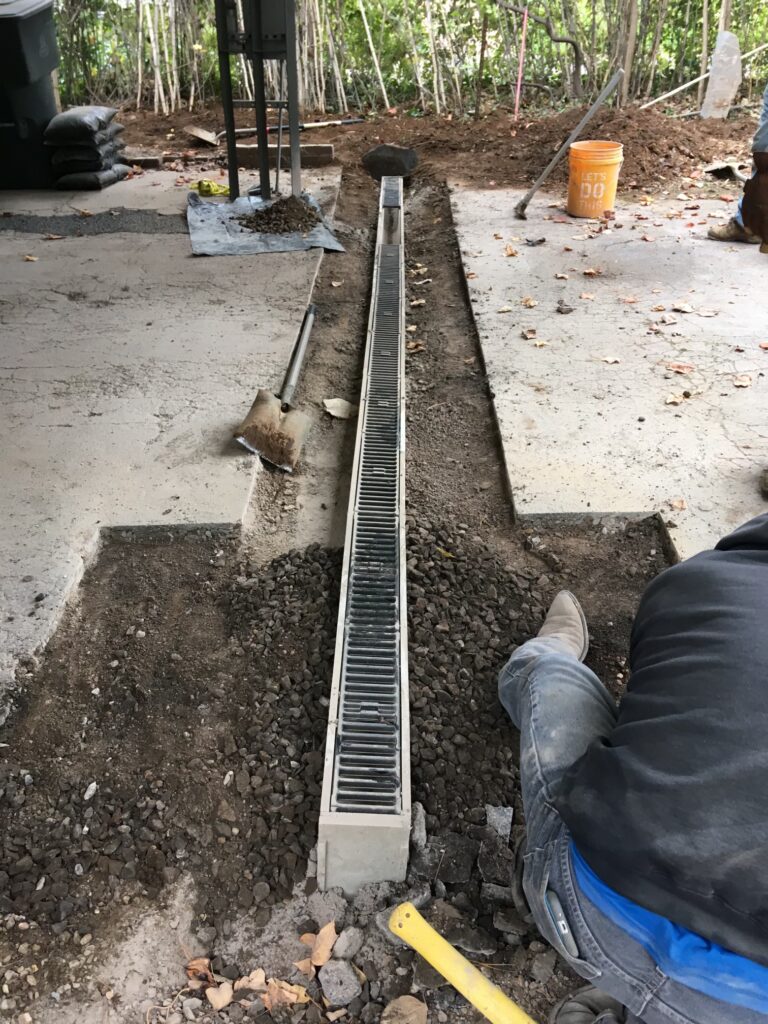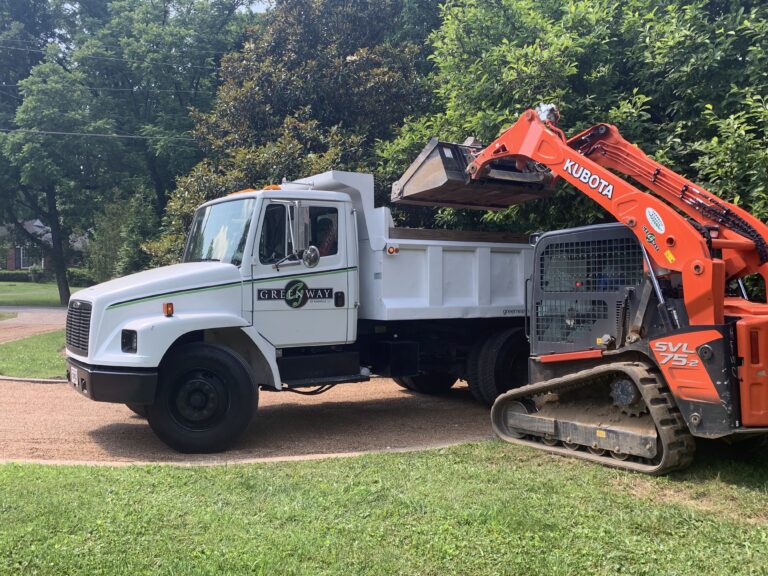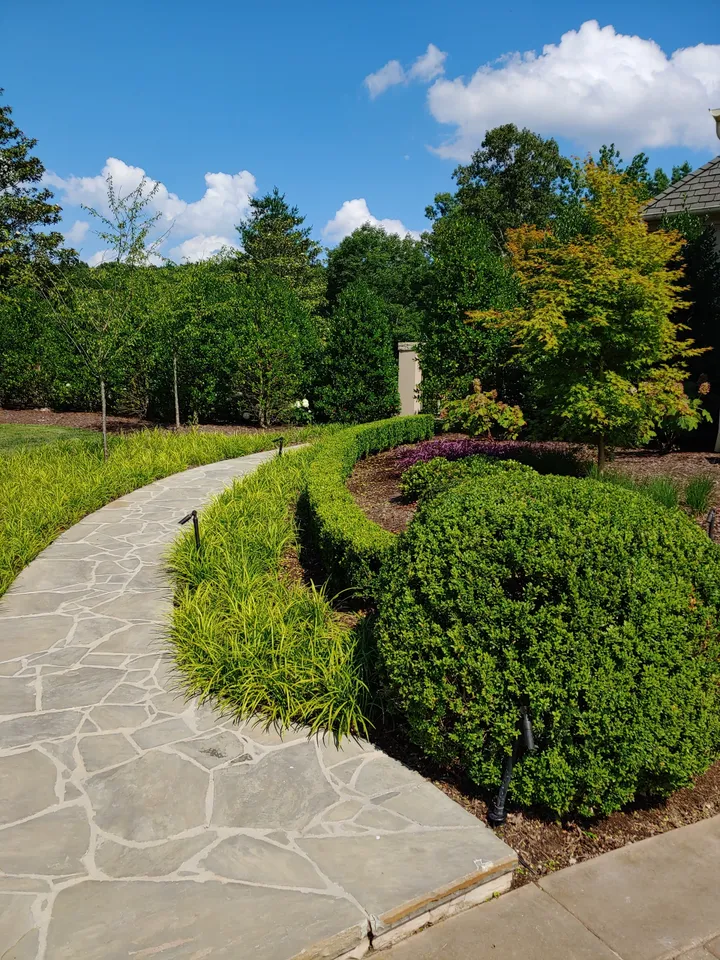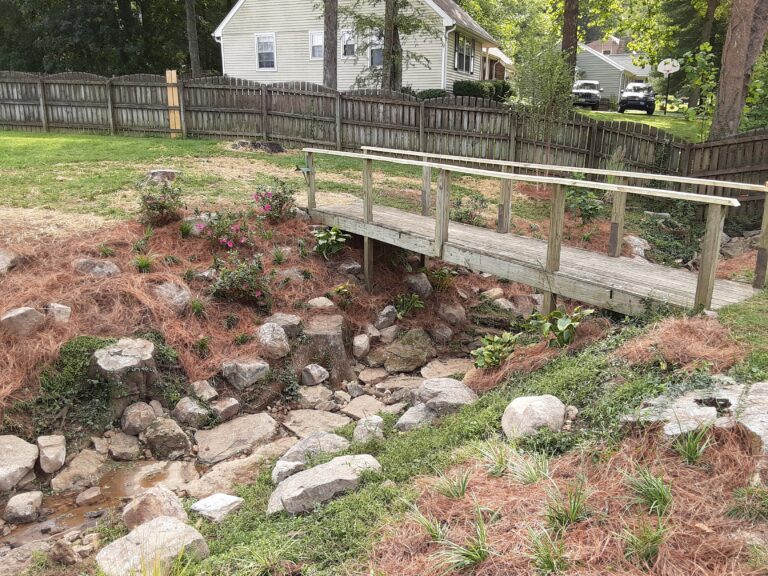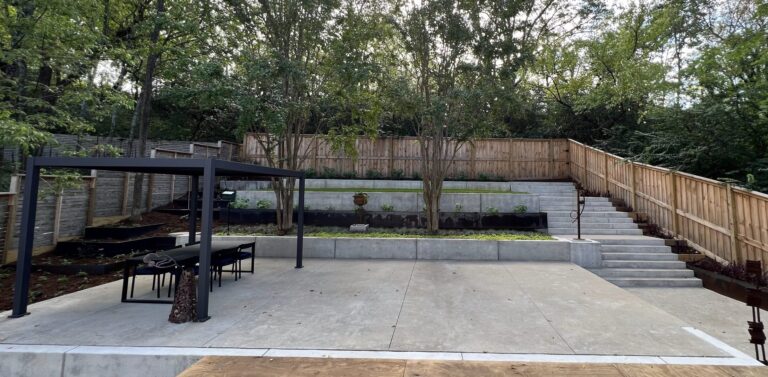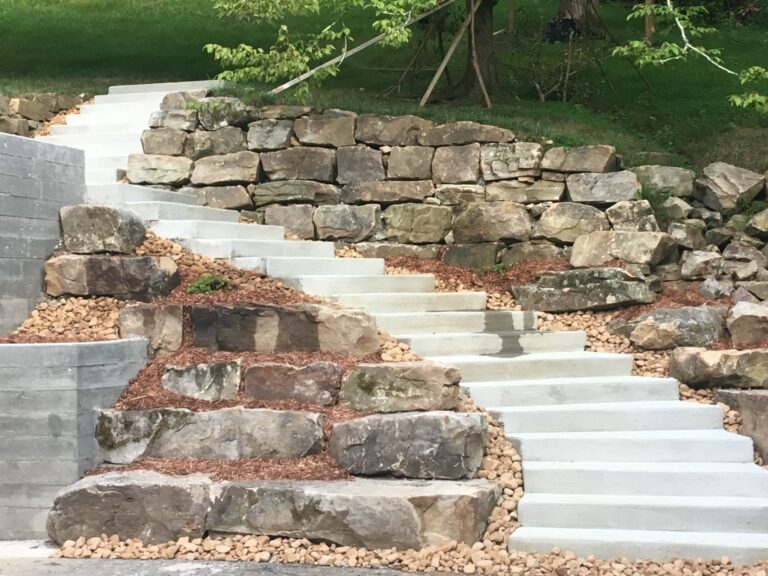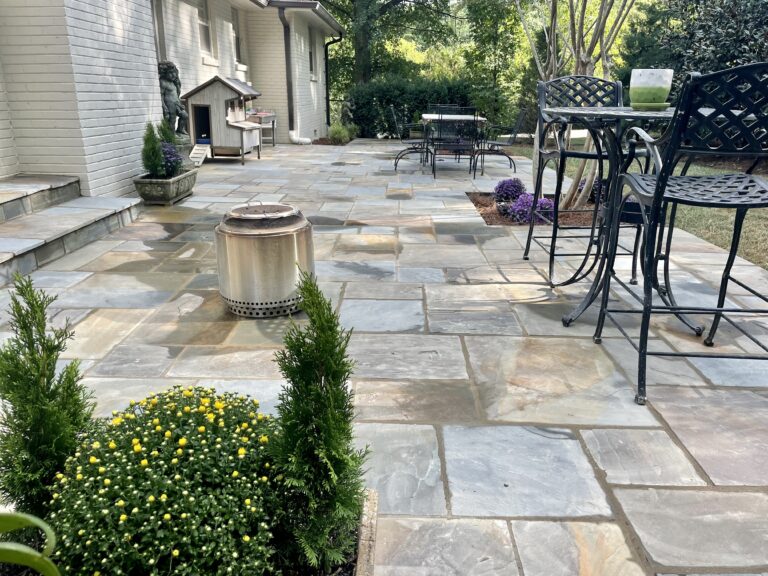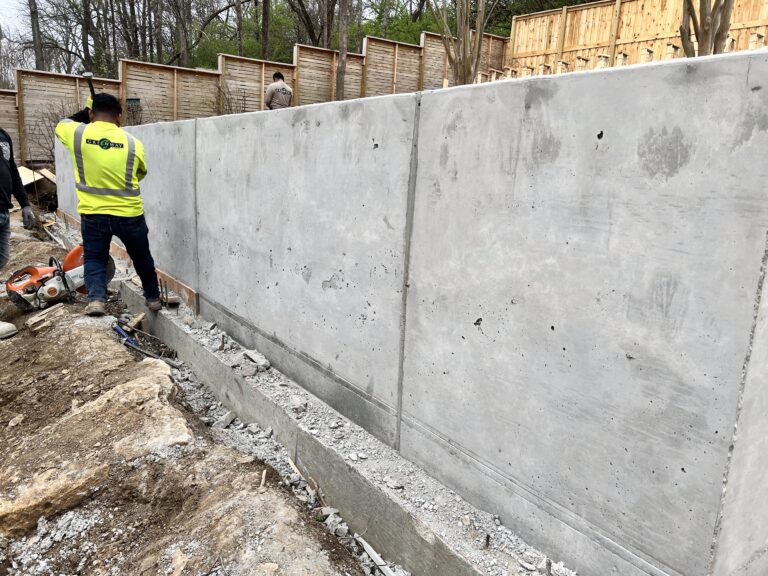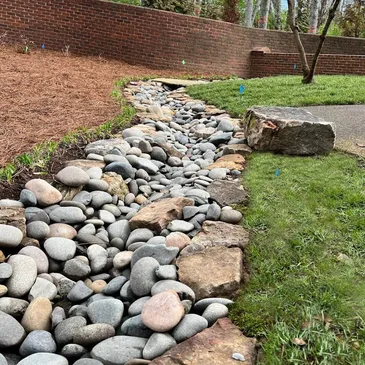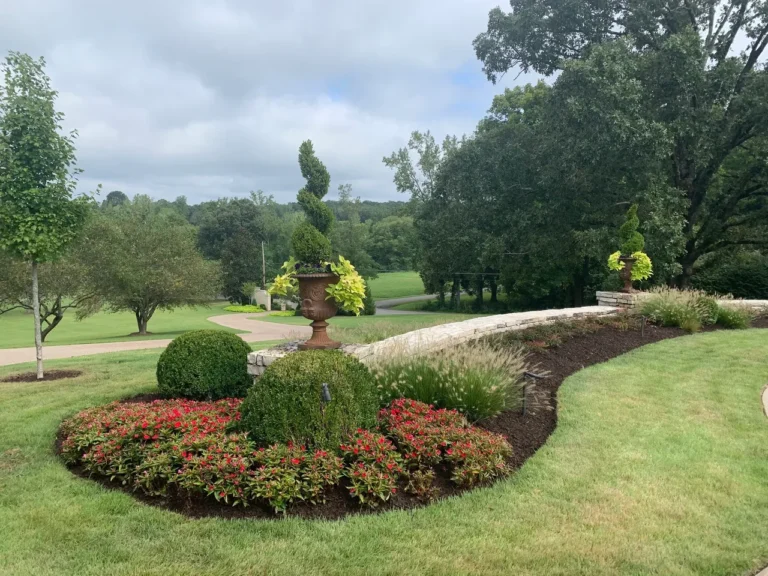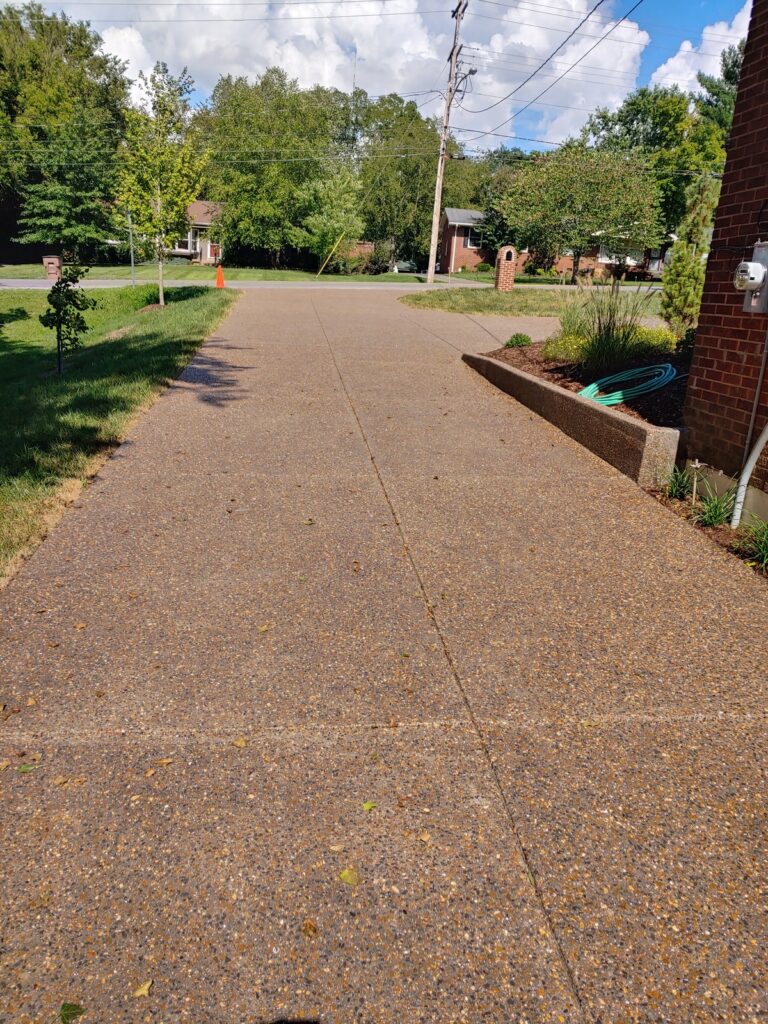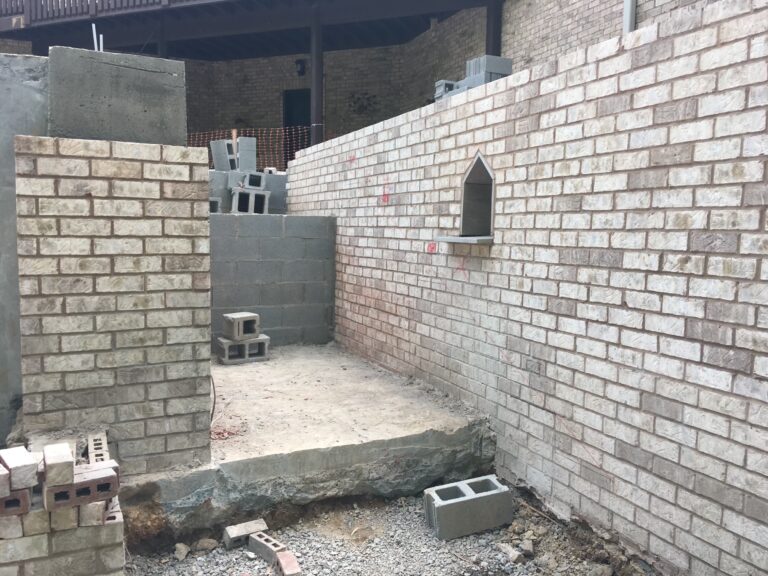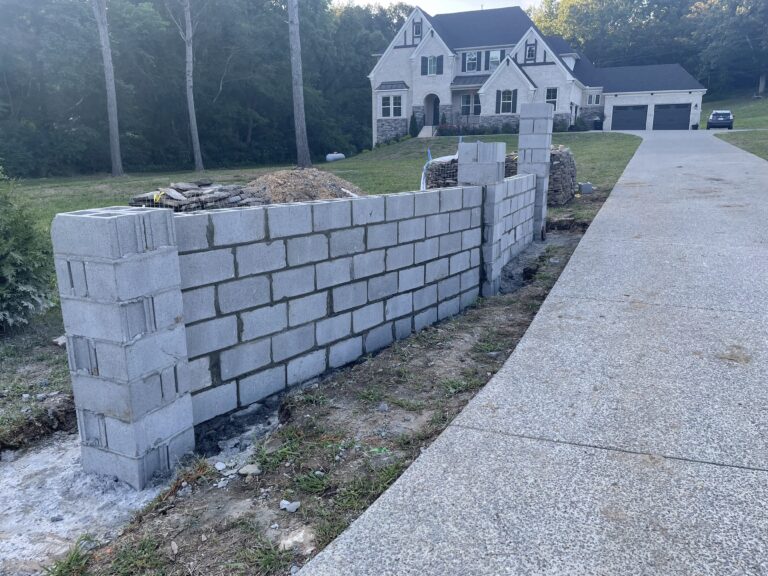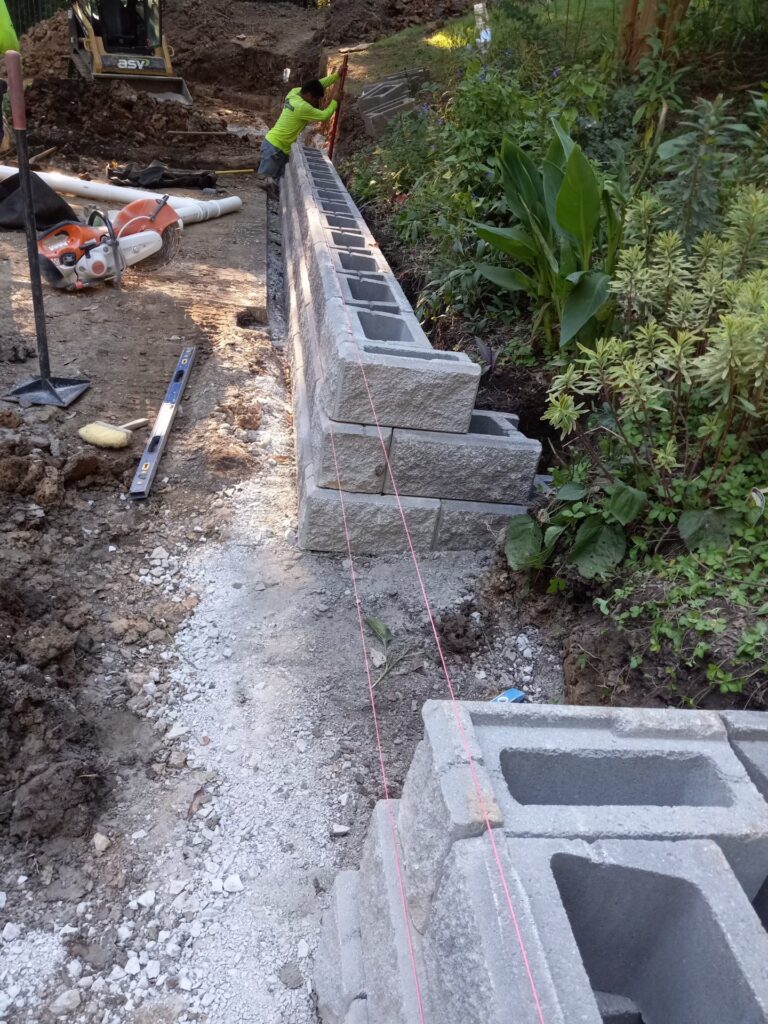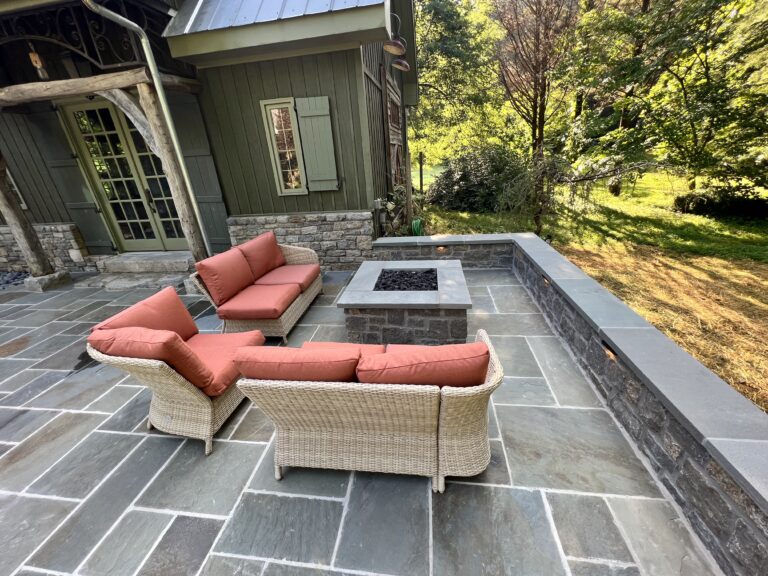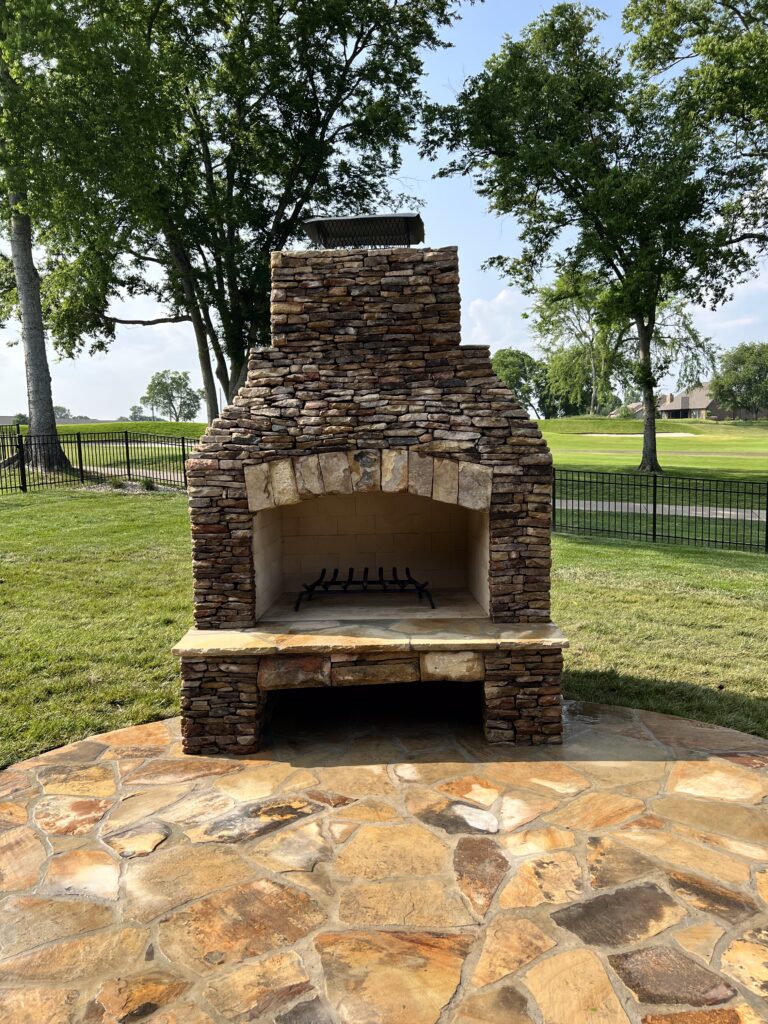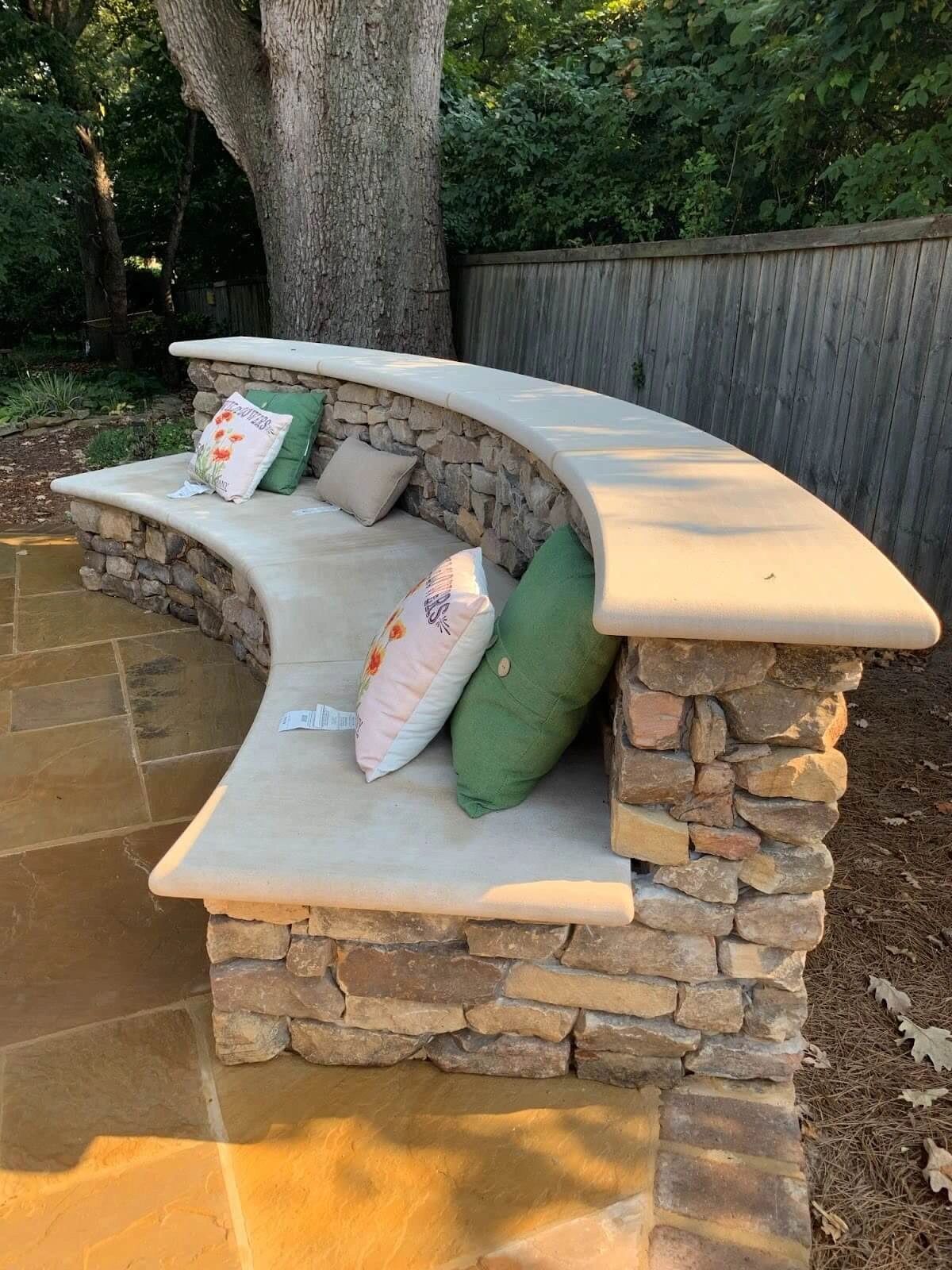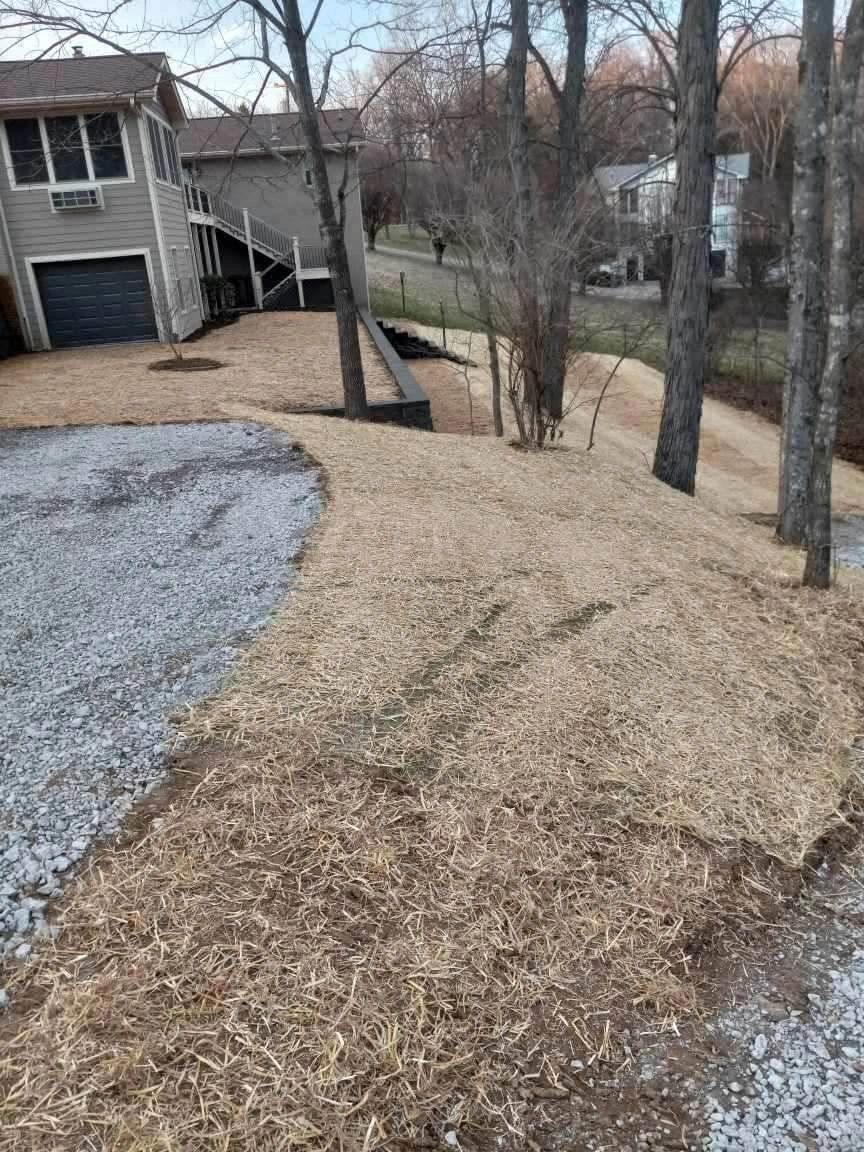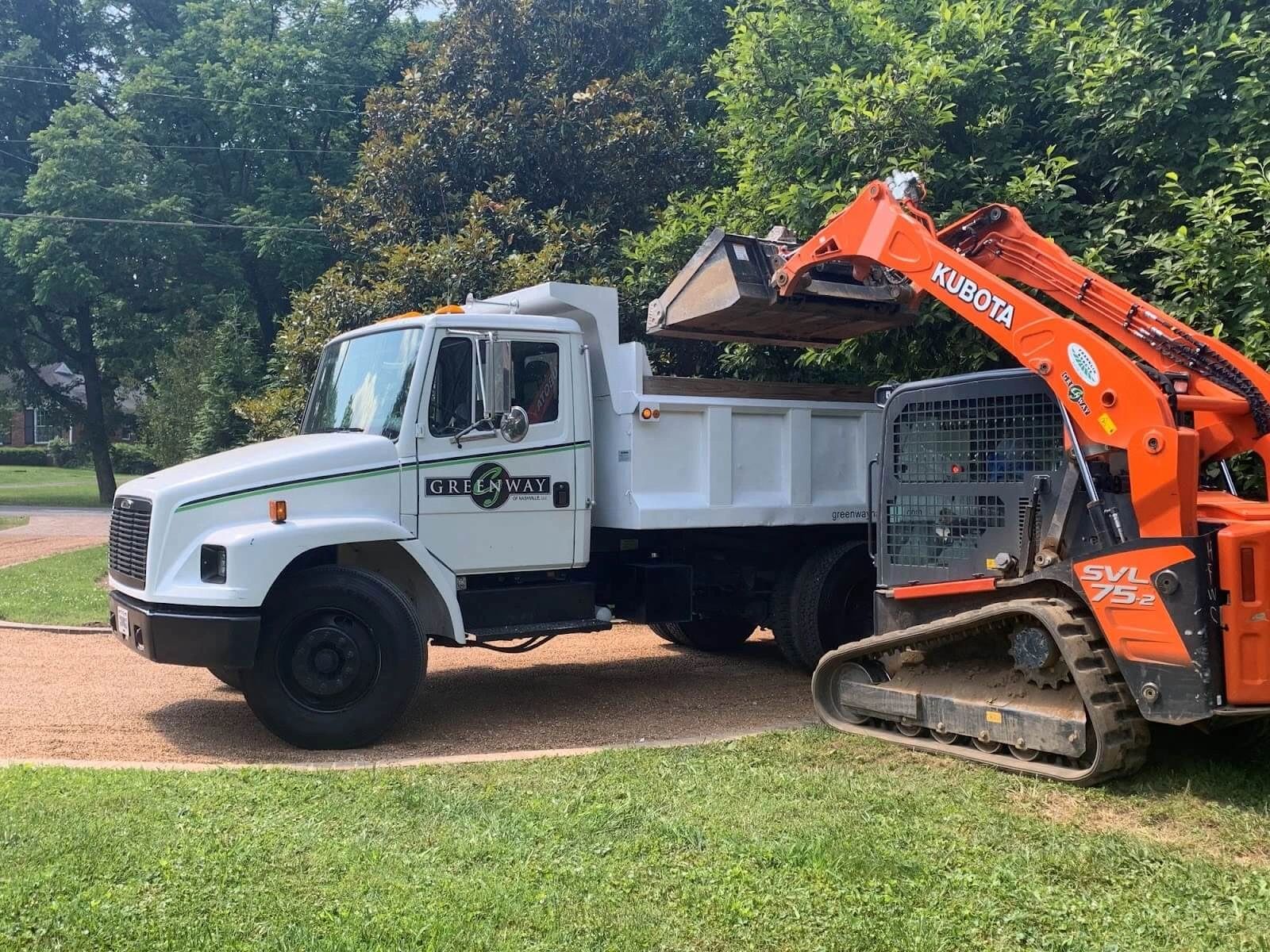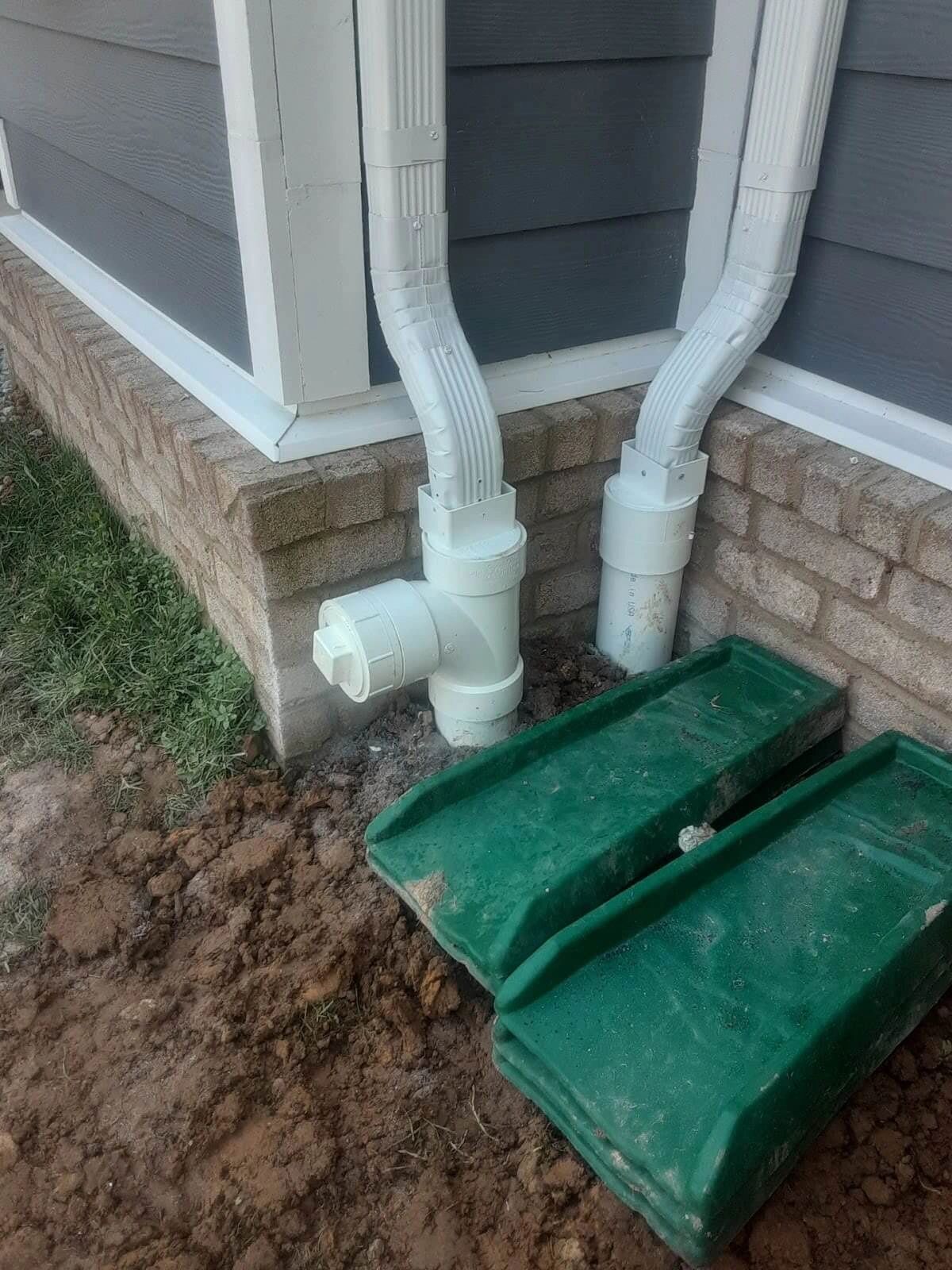While a hill in the yard might be great for sledding in winter, it isn’t so great for managing drainage come spring. Uneven spots around your property promote areas that encourage water to collect, leading to potential problems such as damage to your foundation, pooling, and pest issues. Holes and low spots can be hazards if the area is a frequent spot for children to play or where you cross to get somewhere. Leveling your yard is an excellent way to create a safer environment to spend time in as well as improve drainage while preventing long-term issues. This is a hardscaping project that isn’t ideal for every season, though. We’ll discuss the best time of year to perform this work and give an overview of how to level a yard.
What Time of Year Should I Level My Yard?
Like many landscaping projects, leveling your yard has a prime window of time it is best performed. Winter can be too difficult as snow and ice create a barrier to the ground, as well as make it difficult to navigate equipment such as wheelbarrows. Additionally, with the way the ground freezes here in Nashville, it becomes much harder to excavate and resurface. Summer can become too warm, limiting the work able to be performed during the day if the temperatures get too high for workers to safely carry out the labor required to even out your property. That is also when the ground may be drier, and any grass disrupted during the leveling may have difficulty regrowing, leaving bare spots. As with many outdoor projects, the best time of year for leveling your yard is in the spring. This is the sweet spot where the ground is warm enough to be manipulated and the temperatures cool enough to make the physical effort less taxing. It’s also when grass is beginning to “wake up” after the winter and prepare to grow, so anything transplanted as part of the leveling process is more likely to flourish. Since spring is a prime time for rainfall, it’s also the best time to get ahead of any potential issues instead of letting another season of poor land drainage pass you by.
Yard leveling helps to solve a number of moisture-related issues that could impact the safety and stability of your property. When there is uneven ground and water collects in an area, it can create hazards to structures in the vicinity. The foundation of your home needs stable ground to keep from shifting or cracking, and ground that is constantly soaked is less than sturdy. Eventually, if the soil near the base of your home holds onto water for too long, it can lead to the foundation sinking or moving, which affects everything sitting on top of it. Cracks in your drywall, unlevel floors, and doors no longer closing easily into their frames can be a result of an affected foundation. Outside of the house itself, other property features like patios and driveways are similarly affected by saturated ground. By creating a level yard that prevents ponding of water, you’re able to prevent costly repairs of those structures down the road. It also improves the safety of the area for anyone traversing the area—divots and potholes in the grass can create a fall hazard, especially if your grass camouflages the discrepancy. This kind of project is also beneficial in preparation for the installation of new structures such as a patio. If you’re considering selling your home, having level ground improves curb appeal and value to prospective buyers.
“Work with skilled Nashville hardscaping and outdoor construction professionals who understand your vision and respect your schedule. Contact us for a free quote!”
How Do I Level My Yard in the Spring?
As with any successful project, the first step is to assess the current situation and make a plan. Begin by surveying the property to identify any areas that appear to have low spots, holes, or significant slope changes. This is easier to do when your grass is freshly cut so you have a good visual. Make note of any areas along the property that will need to be filled in order to even out the ground. The number and size of the locations needing work will determine how lengthy a project this will be. Once you know the scope of the work, you’re ready to begin! This will start by removing the top few inches of ground on the low spots. Then, these spots will be filled with a mixture made of sand and topsoil as well as compost. Sand provides structure to the ground while the soil and compost will help new grass sprout. Additional soil mixture is sprinkled across the area to help ensure uniformity. For regrowth, caution should be taken to protect the area from traffic or stress. Tending will be required to help coax the area to regrow grass and may include the need to water the space if there isn’t enough rain.
Grading of the ground may also be required if there is a significant slope on the property that is lowest near the house, as this promotes rainfall to collect there. Grading is far more involved of a process than leveling small spots throughout the yard, as it entails changing the angle and degree of incline over a large area. Essentially, you may be reversing the direction of a hill so that its lowest area becomes its highest and vice versa. This kind of work may require heavy machinery to accomplish as well as the need to bring in additional soil. It requires both increased planning and physical effort to pull off.
Is Leveling Alone Enough to Fix Yard Drainage Issues?
It’s important to consider why the unevenness occurred in the first place and what additional solutions may be needed for the best outcome. Often, drainage issues over time cause low areas as soil washes away from the affected spot. As part of your ground leveling project, consideration should be made for root causes, and those should be addressed to prevent the problem from recurring. Landscape drainage solutions such as French drains, which are underground pipes that help shuttle off excess water in the ground, may need to be paired with your leveling efforts. Even installations like retaining walls may be necessary to help the ground maintain its level surface by preventing erosion of the soil.
Learning how to level yards requires patience and experience, not to mention determining if other installations are necessary to improve landscape drainage and help your results last longer. Thankfully, Greenway of Nashville has years of experience creating even landscapes that drain like a dream. We will help you review your options, pick the best path forward, and get the work done with our guarantee of success. Our clients around Nashville benefit from our skilled and knowledgeable staff every day and get the results they want without wasting time or effort. For your free quote, contact us through our website or by calling us at (615)-238-4574.
Read more content related to:
- Do I Need to Install a French Drain?
- The Benefits of a Retaining Wall for Your Property

